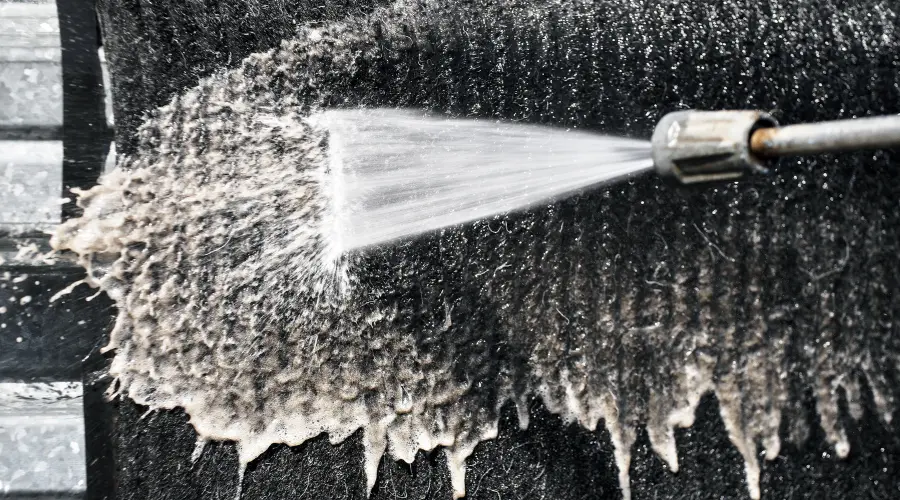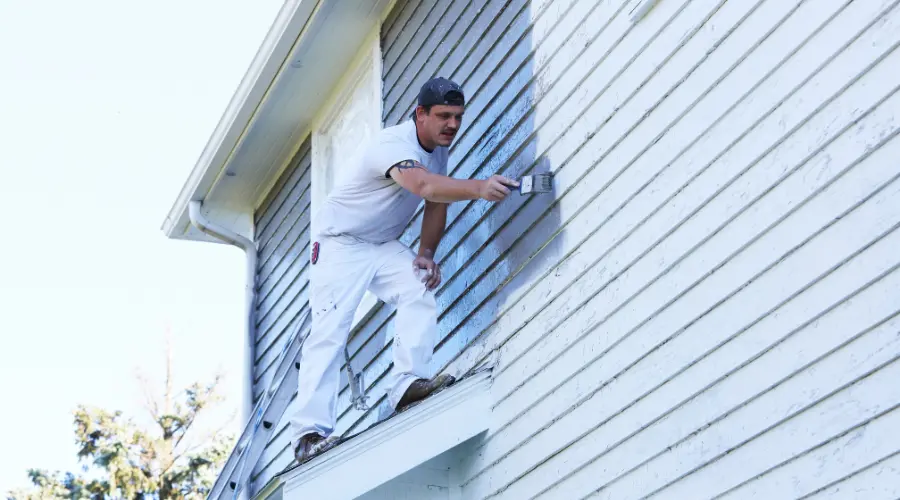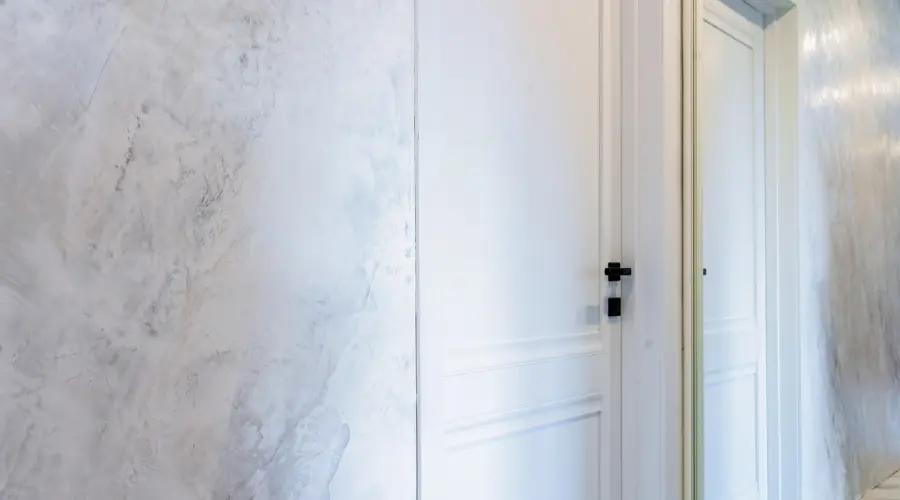Painting can revamp any space, but small mistakes can lead to big frustrations. Avoid costly blunders by learning the common painting pitfalls and how to sidestep them for a flawless finish every time.
Key Takeaways
- Preparation is Key: Always clean and prepare surfaces before painting to avoid uneven finishes.
- Protect Fixtures: Cover light switches, doorknobs, and wall plates to prevent paint splatters.
- Check Weather Conditions: Extreme temperatures and humidity affect paint application and drying.
- Choose the Right Tools: Match brushes and rollers to the type of paint for best results.
- Avoid Rushing: Ensure surfaces are dry and allow adequate drying time between coats for a smooth finish.
Understanding Common Painting Mistakes and How to Avoid Them
Skipping Surface Preparation
Skipping wall preparation is one of the most common painting mistakes. Dust, oil, and grime accumulate on walls over time, even if they appear clean. Without proper cleaning, the paint may not adhere properly, resulting in a streaky or uneven finish.
Tips to Avoid This Mistake:
- Wipe walls with a damp cloth and a mild detergent to remove dirt.
- Scrape off old, peeling paint and sand glossy surfaces for better adhesion.
- Use a primer to create a smooth base and enhance paint durability.
Not Covering Fixtures and Floors
Unprotected fixtures and floors often bear the brunt of painting errors. Paint splashes on light switches, doorknobs, and furniture can be unsightly and time-consuming to clean.
Tips to Avoid This Mistake:
- Use painter’s tape to cover edges, outlets, and switches.
- Lay drop cloths or plastic sheets on the floor to catch any spills.
- Remove or mask fixtures entirely before starting your project.
Ignoring Weather Conditions
Weather plays a critical role in painting outcomes. High humidity prolongs drying time while freezing or overly hot conditions can lead to uneven finishes or cracking.
Tips to Avoid This Mistake:
- Paint in temperatures between 50°F and 85°F, as recommended by most manufacturers.
- Use dehumidifiers in high-moisture environments or space heaters in cold conditions.
- Avoid painting in direct sunlight to prevent premature drying.
Using the Wrong Painting Tools
Choosing the right tools is just as important as selecting the right paint. A brush or roller unsuitable for your project can leave brush marks or uneven textures.
Tips to Avoid This Mistake:
- Synthetic brushes are used for water-based paints, and natural brushes are used for oil-based paints.
- Opt for rollers with appropriate nap lengths based on the surface texture (e.g., a short nap for smooth walls and a thick nap for textured surfaces).
- Invest in quality brushes and rollers to achieve a professional finish.
Painting Over a Wet Surface
Painting a damp wall can lead to peeling and blistering as moisture gets trapped under the paint.
Tips to Avoid This Mistake:
- Allow surfaces to dry thoroughly after cleaning or exposure to water.
- For kitchens and bathrooms, wait longer to ensure the walls are completely dry.
- Use a moisture meter to confirm dryness if necessary.
Applying Too Much or Too Little Paint
Overloading your brush or roller with paint leads to drips and streaks while using too little results in patchy coverage.
Tips to Avoid This Mistake:
- Load your brush lightly and apply thin, even coats for best results.
- Use high-quality paint with good coverage to minimize the need for multiple coats.
- Maintain consistent pressure while painting to achieve an even finish.
Rushing Between Coats
Applying a second coat before the first dries can ruin your paint job. Premature reapplication can cause peeling and leave brush marks.
Tips to Avoid This Mistake:
- Follow the manufacturer’s instructions for drying times.
- Wait at least 24 hours between coats if no guidance is provided.
- Test a small area before applying the second coat to ensure the paint is dry.
FAQs About Common Painting Mistakes
1. How do I know if I need a primer before painting?
Primer is necessary if you’re painting over a dark color, dealing with stains, or painting a surface with imperfections. It provides a uniform base and enhances paint adhesion.
2. Can I paint over peeling paint?
No, painting over peeling paint will result in an uneven finish. Scrape off peeling sections, sand the area smooth, and apply a primer before repainting.
3. What type of paint should I use for high-moisture areas like bathrooms?
Use mildew-resistant, semi-gloss, or satin paint for bathrooms and kitchens. These finishes are durable and easier to clean.
4. How can I avoid paint drips on walls?
Avoid overloading your brush or roller. Apply thin, even coats and start from the top of the wall, working your way down.
5. Why is my paint peeling after application?
Peeling paint can occur due to painting over a wet surface, skipping primer, or using low-quality paint. Ensure proper preparation and use of high-quality products for durability.
6. Is it better to use a roller or a brush?
Use a roller for large, flat surfaces like walls and ceilings and a brush for edges, corners, and intricate details.
7. How do I fix uneven paint patches?
Sand down uneven areas lightly and repaint with a thin coat. Ensure consistent application to prevent further patches.
8. Can I speed up drying time with a fan?
Yes, using a fan can help circulate air and speed up drying. However, ensure it doesn’t blow directly onto the surface to avoid uneven drying.
9. How do I remove paint from fixtures accidentally splattered?
Use a damp cloth to wipe fresh splatters or a scraper and rubbing alcohol for dried paint. Protect fixtures beforehand to prevent this issue.
10. What’s the best way to store leftover paint?
Seal paint cans tightly and store them in a cool, dry place. Label the can with the room and color details for future touch-ups.
By avoiding these common painting mistakes, you can achieve professional-quality results and transform your space with ease. Happy painting!
Transform Your Home with Expert Painting Services in Apex!
Looking for professional painters to elevate your home’s look? Our skilled team in Apex, NC, delivers flawless interior and exterior finishes tailored to your style. Call us today at (919) 646-5009 to schedule your FREE estimate and let’s make your dream home a reality!







